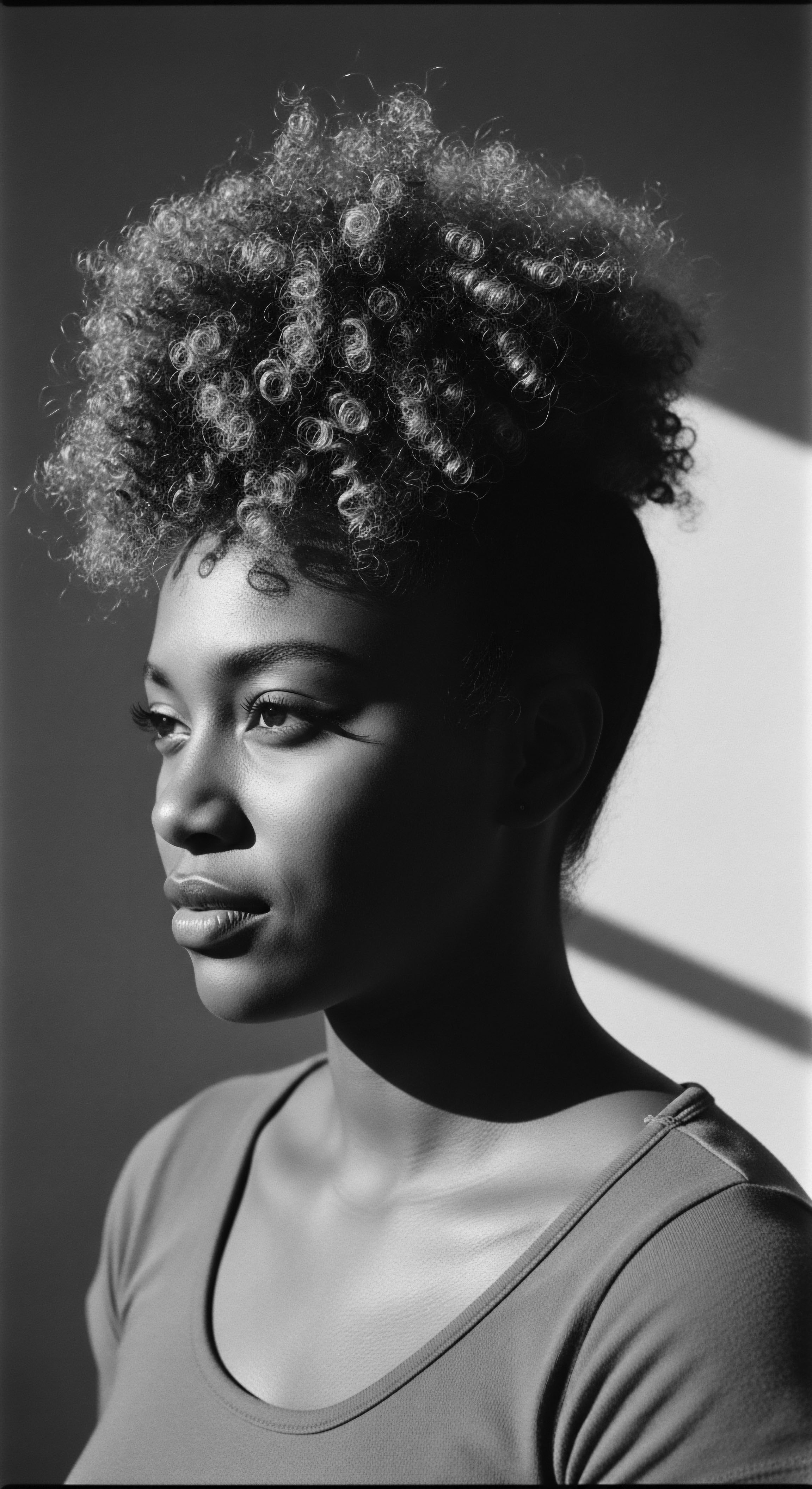
What cultural beliefs surrounded hair protection in ancient Egypt?
Ancient Egyptians safeguarded their hair through protective styles, natural oils, and wigs, reflecting deep cultural beliefs in its connection to life, identity, and the divine.
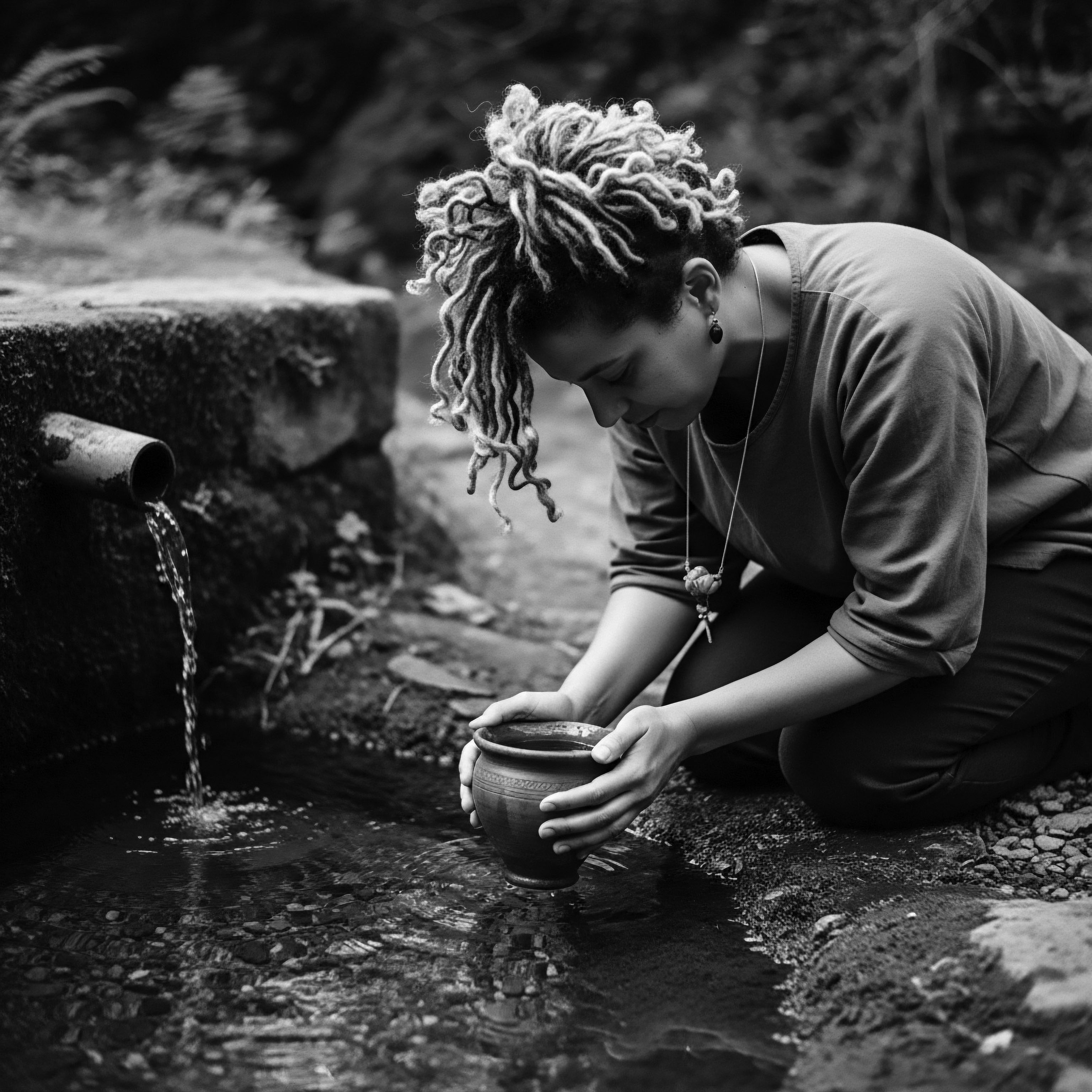
How did ancient Egyptian wigs serve protective purposes?
Ancient Egyptian wigs protected the scalp from sun, deterred lice, and maintained hygiene, reflecting an ancestral understanding of hair health.
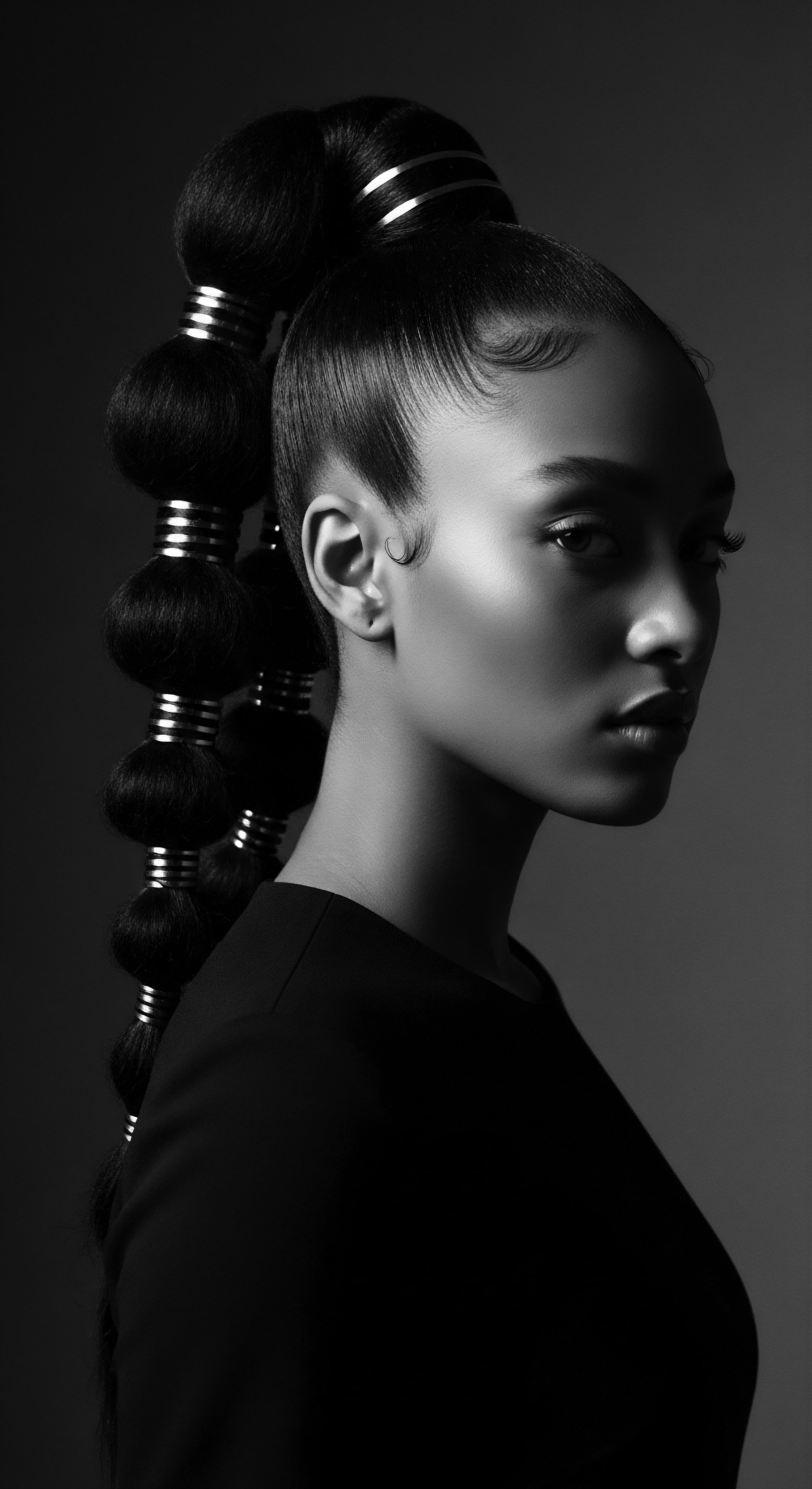
Egyptian Tools
Meaning ❉ Ancient Egyptian tools are implements and materials used for hair care, styling, and adornment, deeply intertwined with cultural identity and ancestral wisdom.
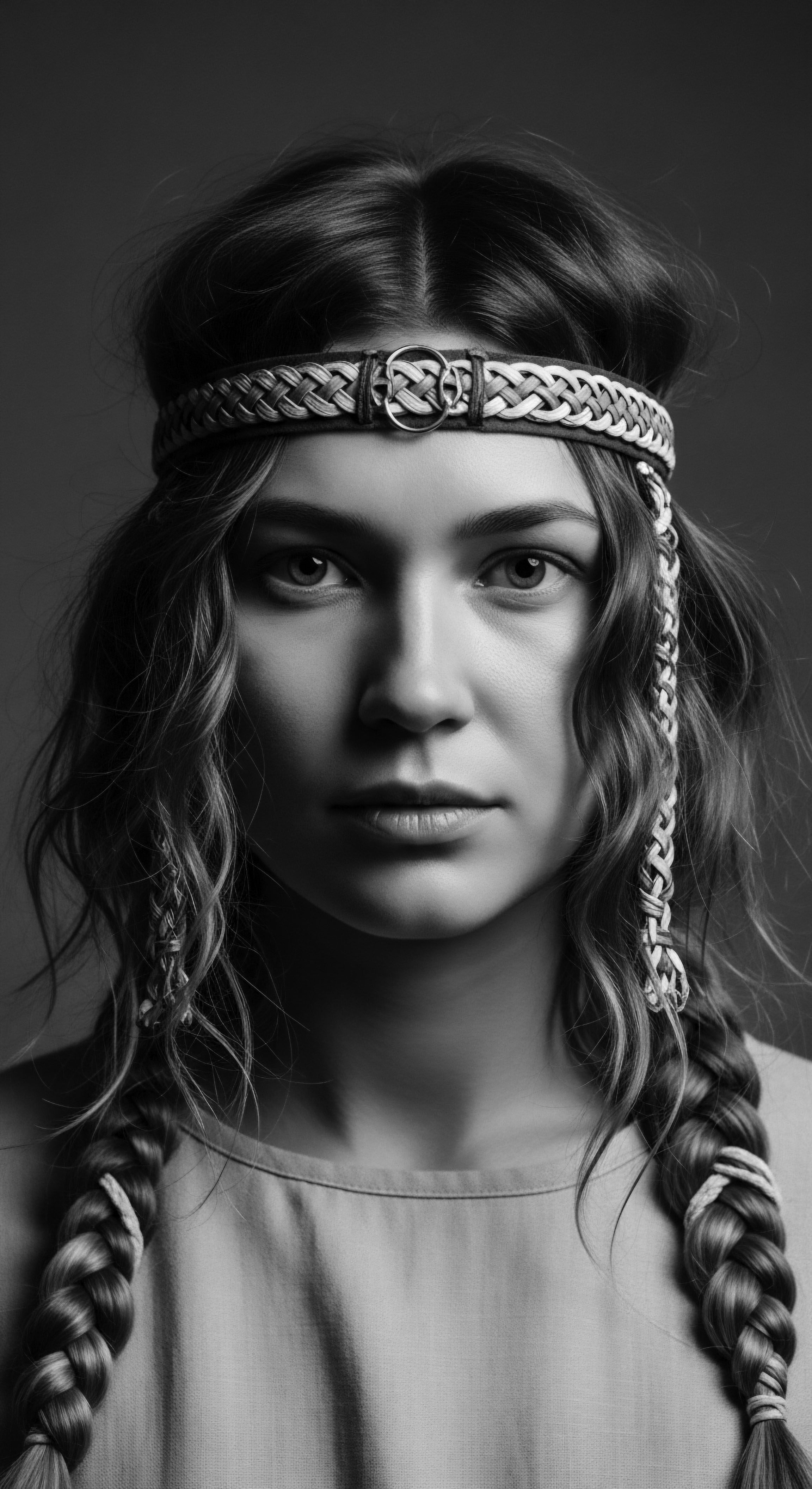
How did ancient Egyptians style their textured hair?
Ancient Egyptians styled textured hair with braids, twists, and wigs, using natural oils and balms for protection and adornment, a heritage of ingenuity.
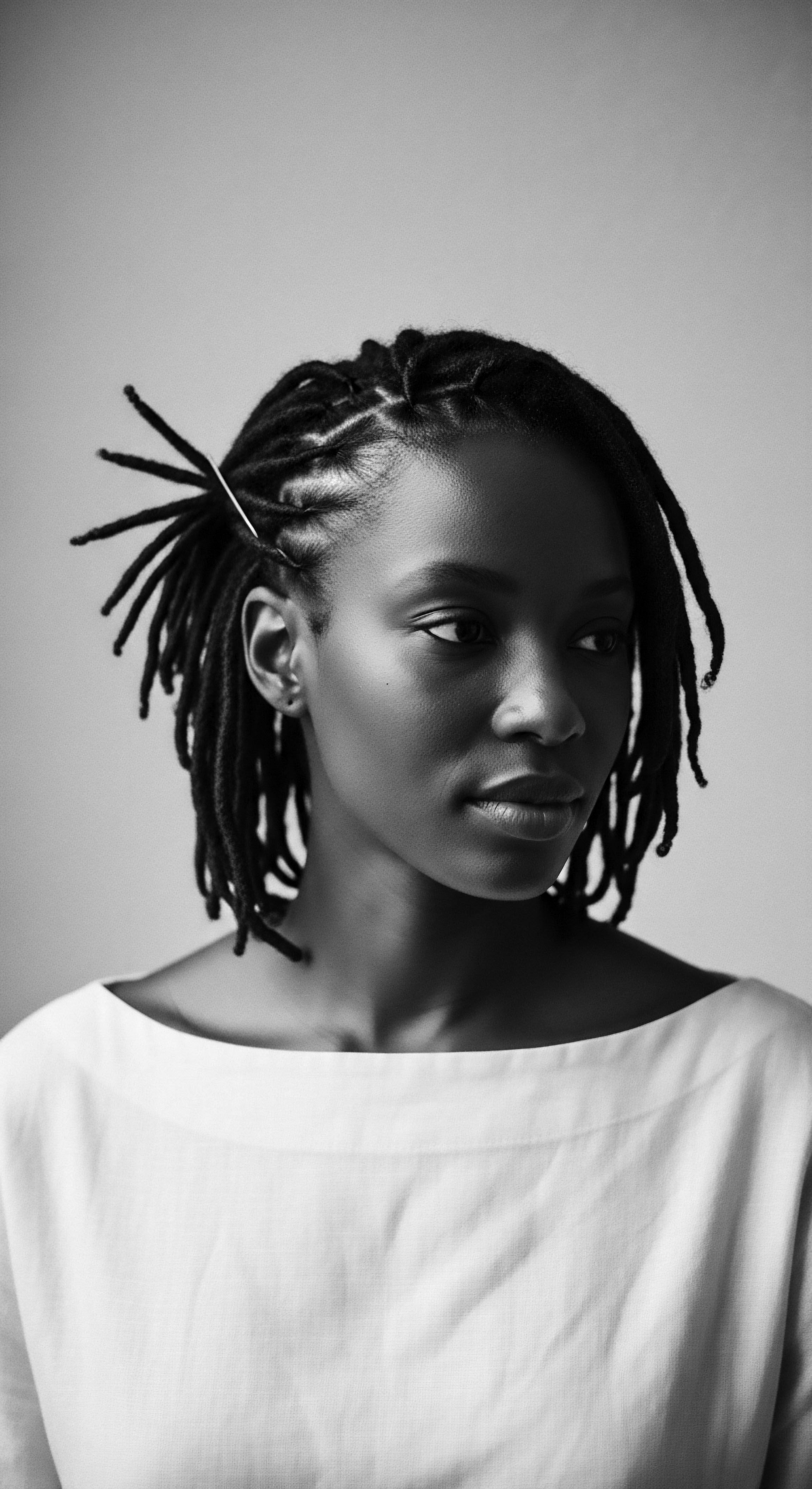
Ancient Wigs
Meaning ❉ Ancient Wigs are historical hairpieces, often crafted from human hair or natural fibers, signifying identity, status, and protection within diverse cultures.
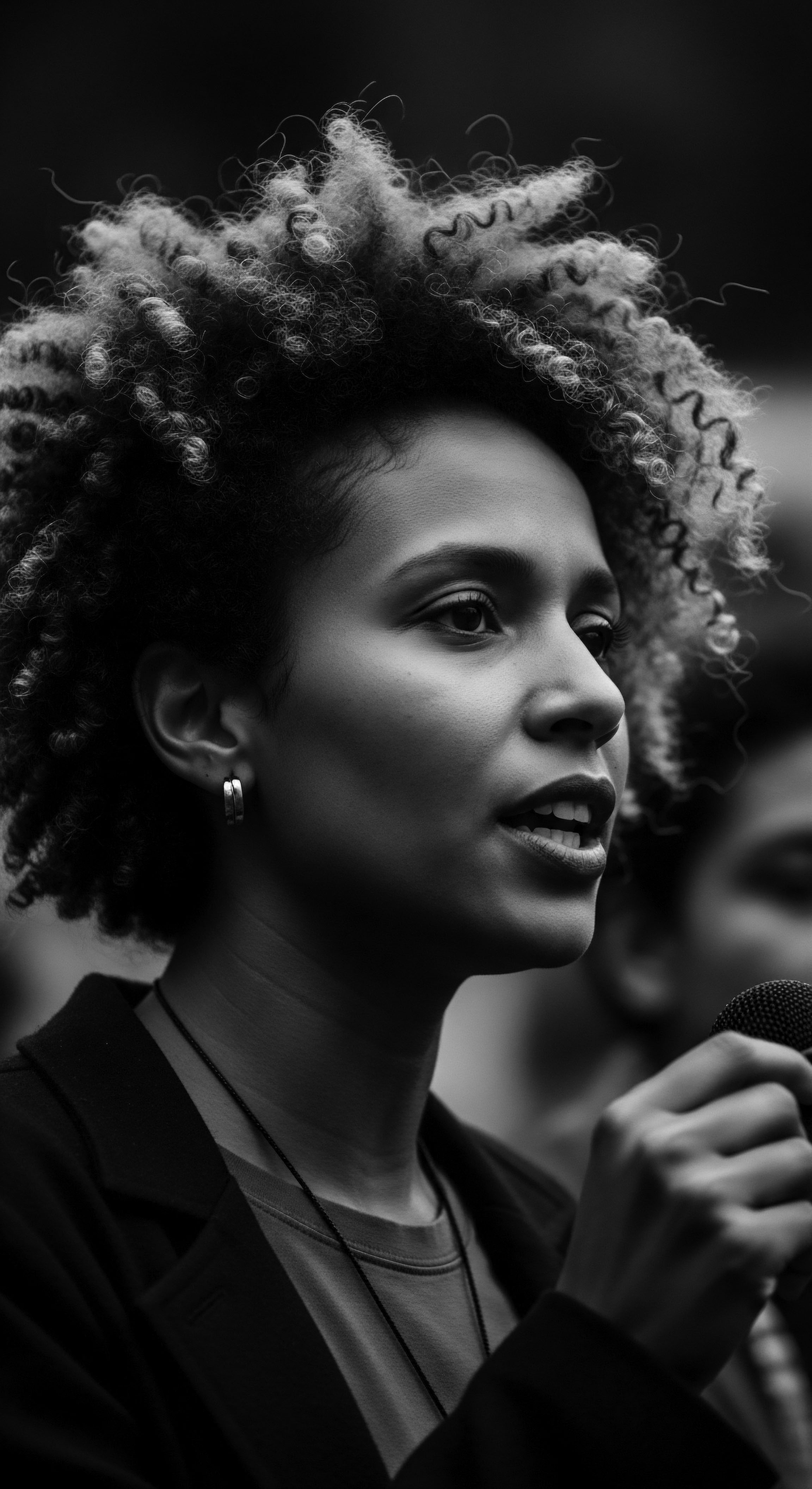
How did ancient communities define textured hair?
Ancient communities defined textured hair as a profound marker of heritage, status, and spiritual connection.

